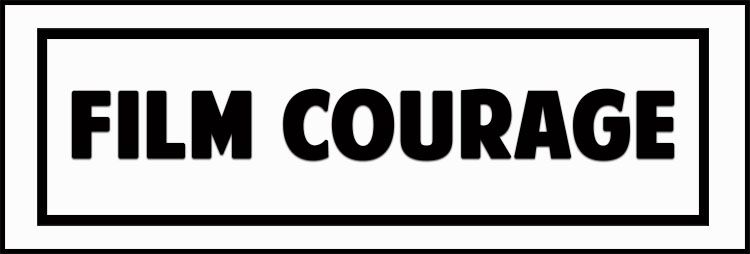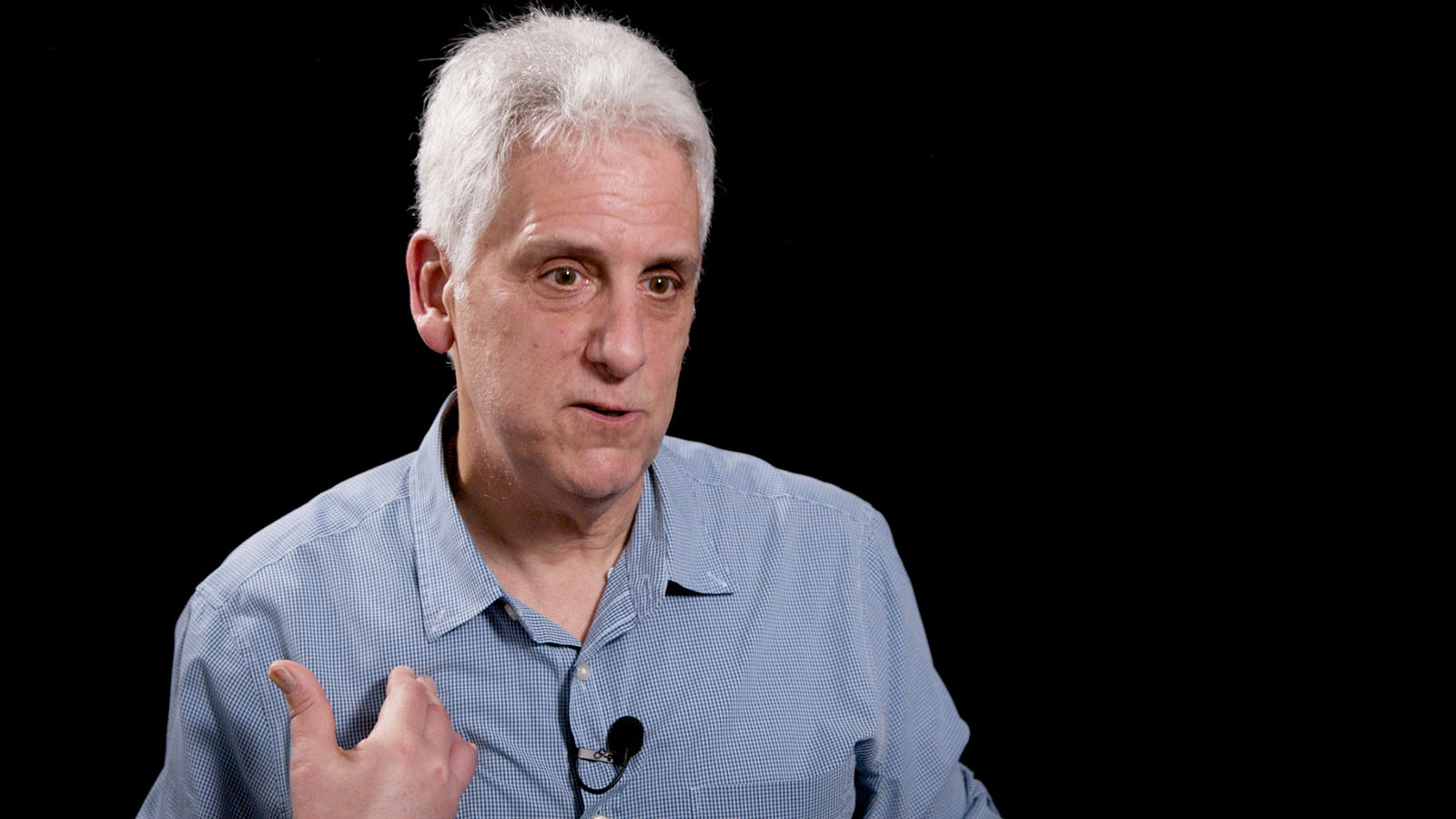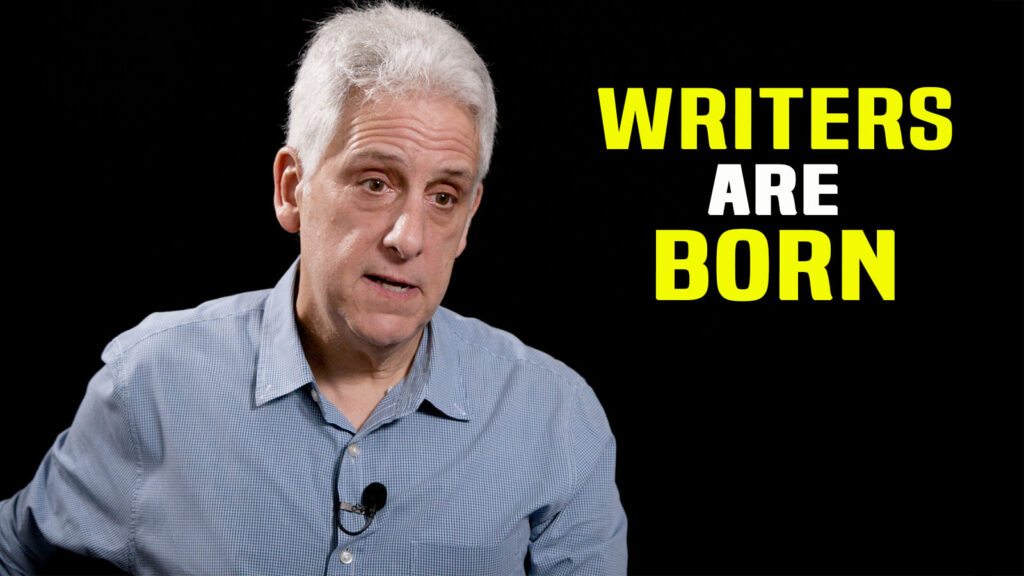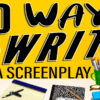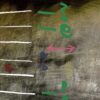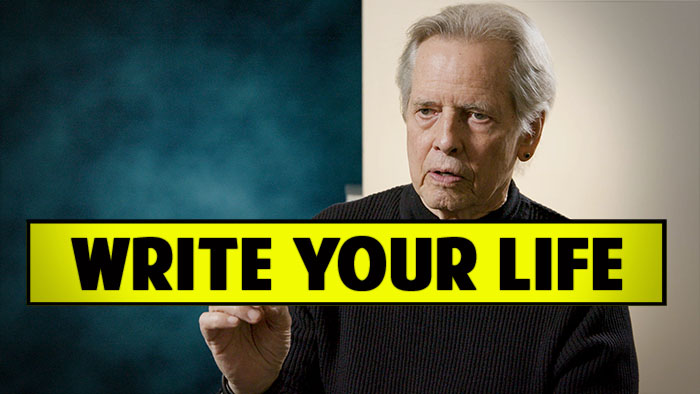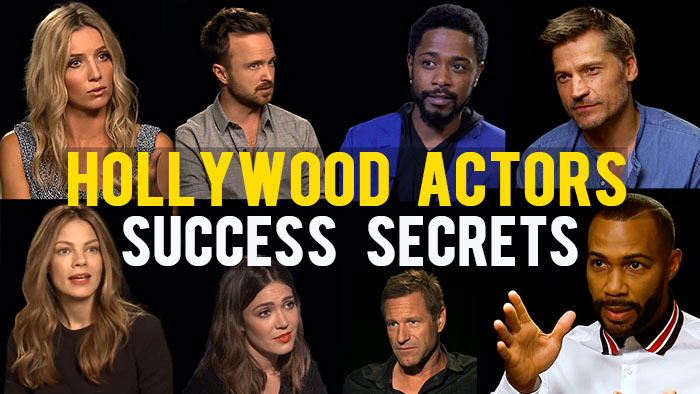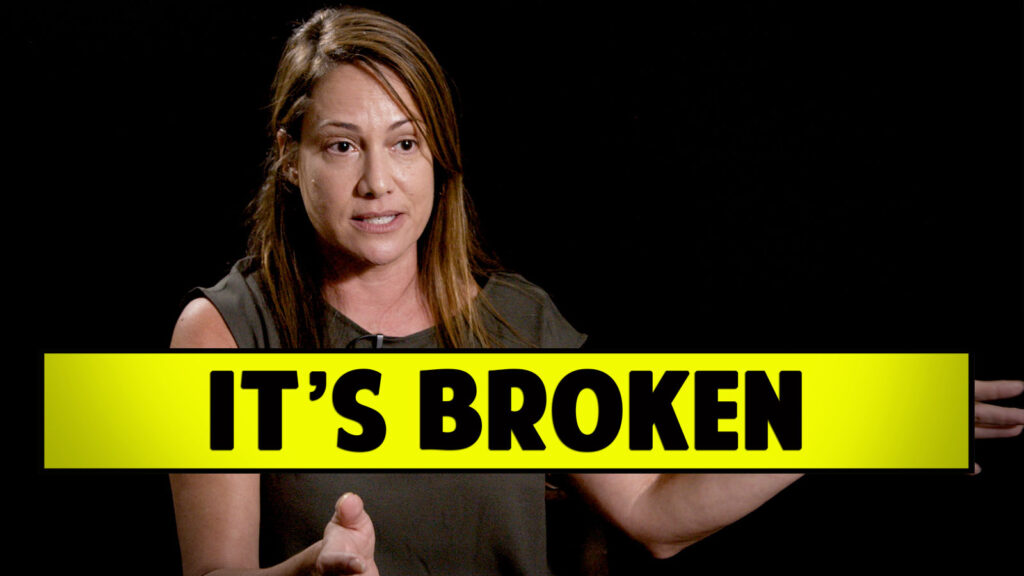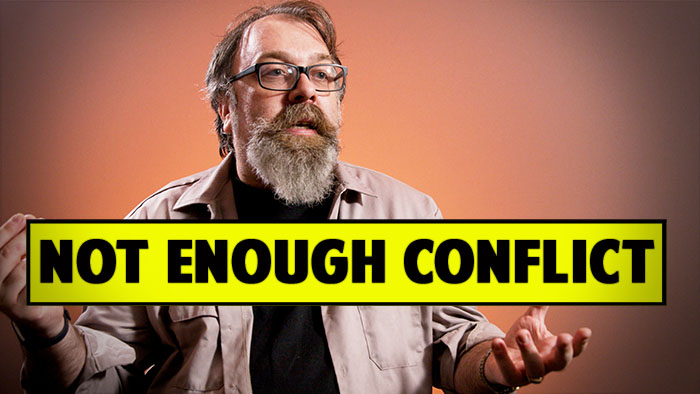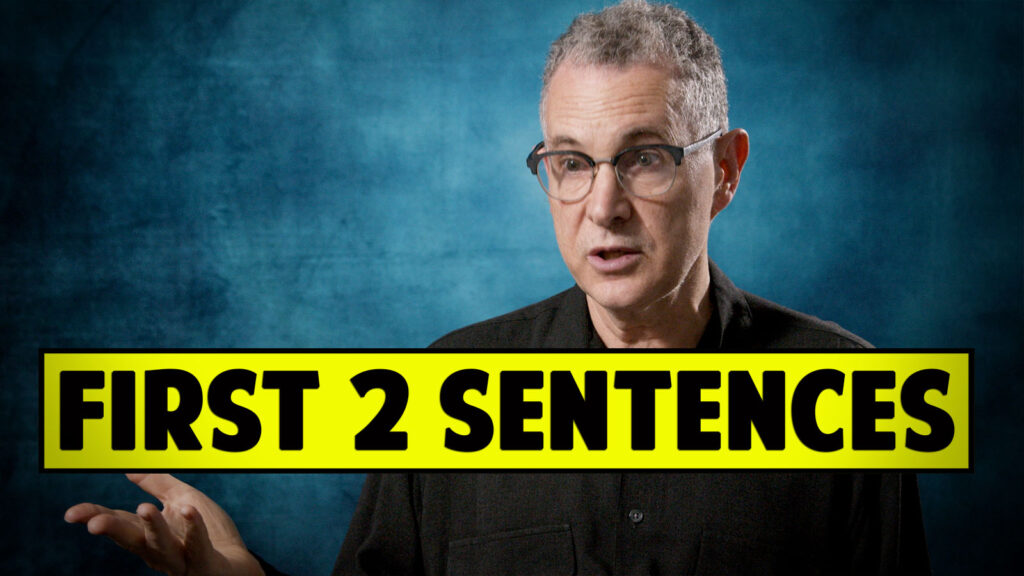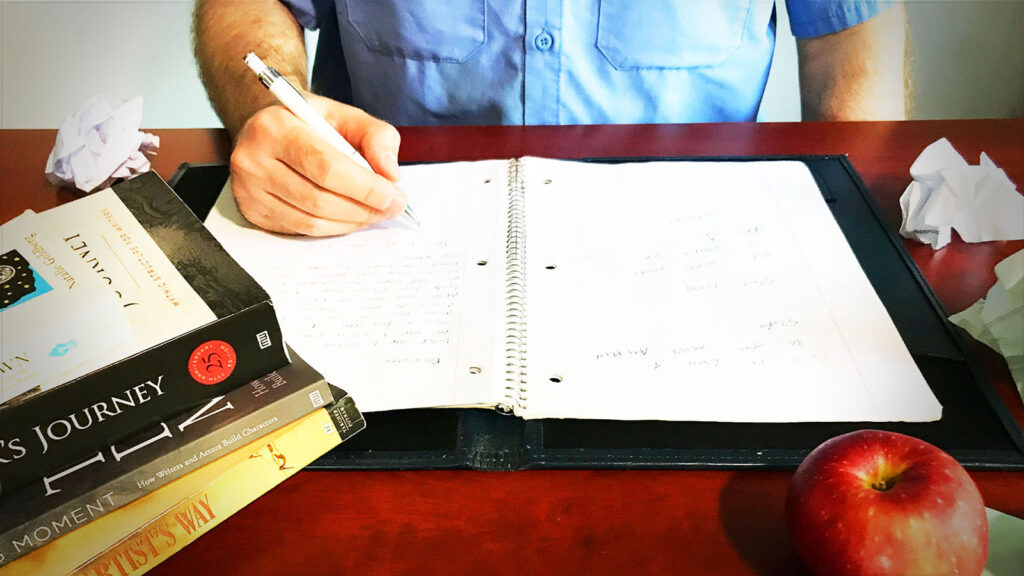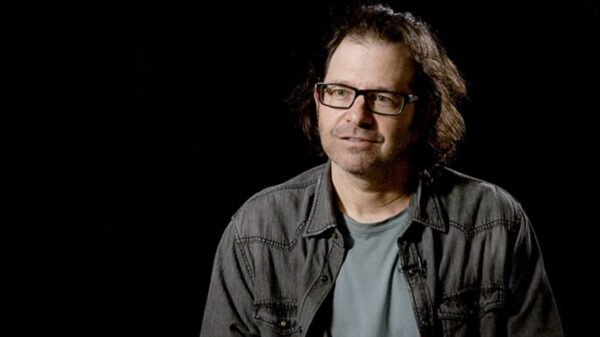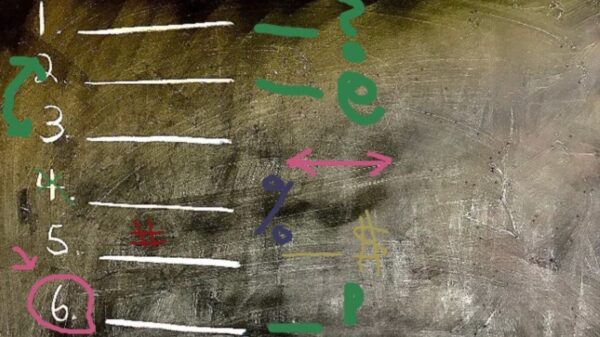[Watch the video interview on Youtube here]
Film Courage: What did your career as a journalist teach you about the opening of a story, like the first sentence or two?
Chip Jacobs, Author/Journalist: That there has to be a human being that readers are going to care about and relate to.
Stories that start off with a long-winded description of place maybe beautiful writing but they don’t connect to people immediately. You have to actually think almost like a newspaper story, if it’s a feature, almost like a beginning, middle and an end. What’s the arc of this person? But you always have to figure out where is the place to jump in?
I like to go with in action, something happening not somebody reflecting or somebody telling a story from a long time ago. What’s the essence of the story? That is one of the challenges of being a reporter is making your mind work saying What is happening here? because there’s a million things happening in the world.
You could go to some chamber of commerce speech and just report, be a stenographer basically, an artful stenographer or you could go Hmm, what’s really… why do they bring us here? What’s behind the press release?
That’s the mystery of it. Believe me, I spent a lot of time running around pulling into 7-Eleven for a super healthy hot dog and Diet Coke and Fritos trying to figure out What is my story here? I didn’t master it by any means. That’s you have to ask yourself What’s the human thing happening? It might seem very distant from some some council committee reporting on…I don’t know…affordable housing requirements for a developer. Well they cut back a development from seven to six. Who’s that family that gets the shaft? Stuff like that.
Film Courage: How much do the lessons of how to hook the audience apply to your writing as a novelist…(Watch the video interview on Youtube here).
About:
Chip Jacobs is a bestselling author and journalist. His latest book is the Kafka-esque, true-crime caper The Darkest Glare: A True Story of Murder, Blackmail and Real Estate Greed in 1979 Los Angeles, which Kirkus Review praised as “engrossingly bizarre” and “entertaining.” Jacobs’ previous book was his debut novel, Arroyo, historical fiction set around construction of Pasadena’s mysterious Colorado Street Bridge in 1913. It was a Los Angeles Times bestseller, a CrimeReads most anticipated book, and a medalist at the Independent Publishers Book Awards. Before them were the biography Strange As It Seems: the Impossible Life of Gordon Zahler (an Indies Book of the Year finalist) and the environmental social histories The People’s Republic of Chemicals and the international bestselling Smogtown: the Lung-Burning History of Pollution in Los Angeles (the latter two with William J. Kelly). He has also contributed pieces to anthologies, among them the bestselling Los Angeles in the 1970s: Weird Scenes Inside the Goldmine and Go Further: More Literary Appreciation of Power Pop. His prize-winning reporting has appeared in the Los Angeles Times, L.A. Daily News, CNN, The New York Times, Bloomberg, L.A Weekly, among others.
MORE VIDEOS WITH CHIP JACOBS
CONNECT WITH CHIP JACOBS
Advertisement – contains affiliate links
(As an Amazon Associate I earn from qualifying purchases)

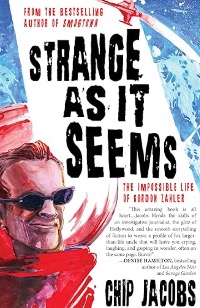
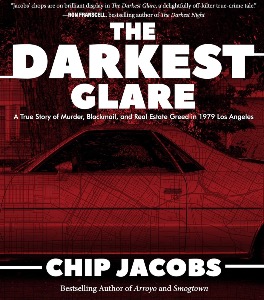
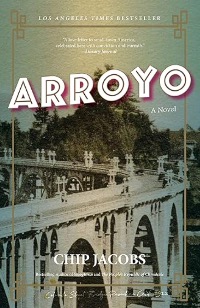
More affiliates:
Camera we use for interviews – https://buff.ly/3rWqrra
Sound we use for interviews – https://amzn.to/2tbFlM9
Other books on Amazon that Film Courage recommends – https://buff.ly/3o0oE5o




